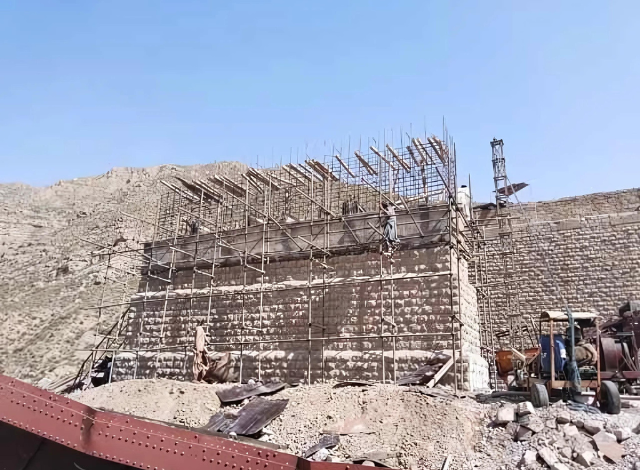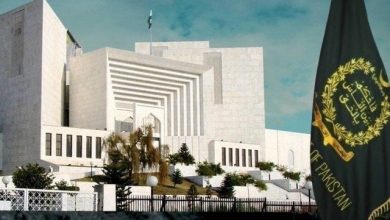Railway bridge in Kolpur set to reopen for train operations by October

Forty per cent of the restoration work on the railway bridge in Balochistan, destroyed by a blast, has been completed, with plans to fully reopen the bridge for train operations by October 15.
According to a railway spokesperson, restoration efforts are being conducted in two shifts on the directive of the CEO.
The railway department is funding the restoration process with its resources.
Once security clearance is received, the rail link between Balochistan and the rest of the country will be immediately restored.
It is worth noting that train operations between Quetta and Sibi were suspended after the August 26 explosion, which led to the suspension of major services like the Jaffar Express, Bolan Mail, and Chaman Passenger train.
The railway department has faced substantial financial losses due to the damage, while thousands of passengers have been severely affected by the suspension of services.
On September 12, it was reported that reconstruction of the Quetta Kolpur railway bridge is progressing rapidly, with 20% of the bridge and railway track restoration already completed.
The bridge and track laying are expected to be finished by early next month.
According to Pakistan Railways sources, train operations will be restored as soon as the work is completed, pending security clearance.
On August 26, terrorists carried out coordinated attacks on civilians and government properties in various districts of Balochistan. Among the damaged infrastructure was a British-era bridge located between the Kolpur and Dozan railway stations in Bolan.
Meanwhile, the technical issues on the Lahore-Okara railway track were also resolved and the computer-based interlocking system is now operational, allowing trains to run at their approved speeds.
This was announced during the Divisional Superintendent (DS) Special Inspection of the Lahore-Okara section, led by DS Railways Muhammad Hanif Gul in September 7.
The officials confirmed that due to enhanced monitoring by the Railway Lahore Division and the efforts of railway workers, the technical challenges have been addressed.

